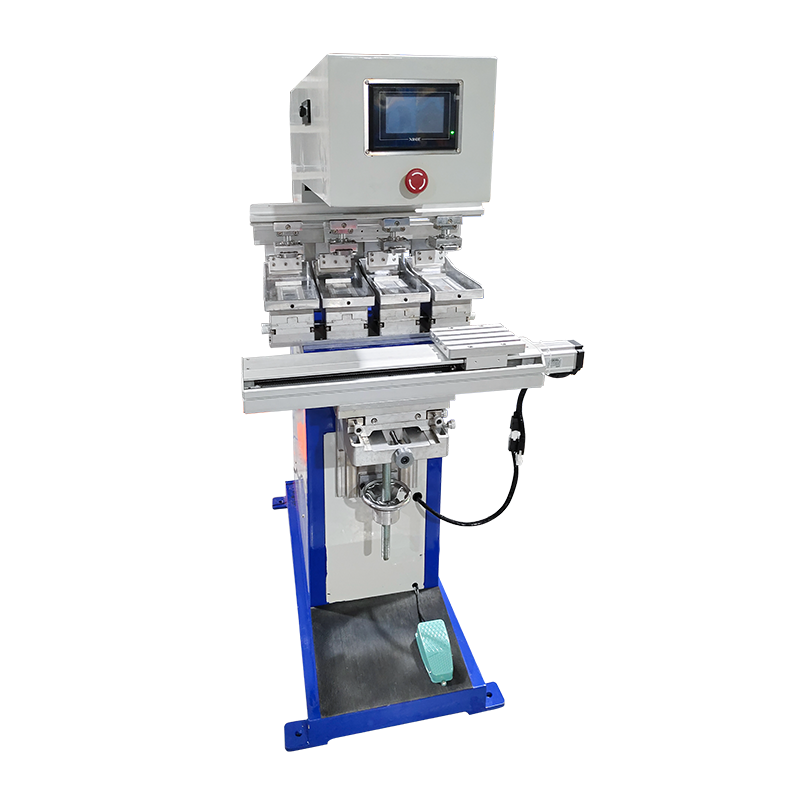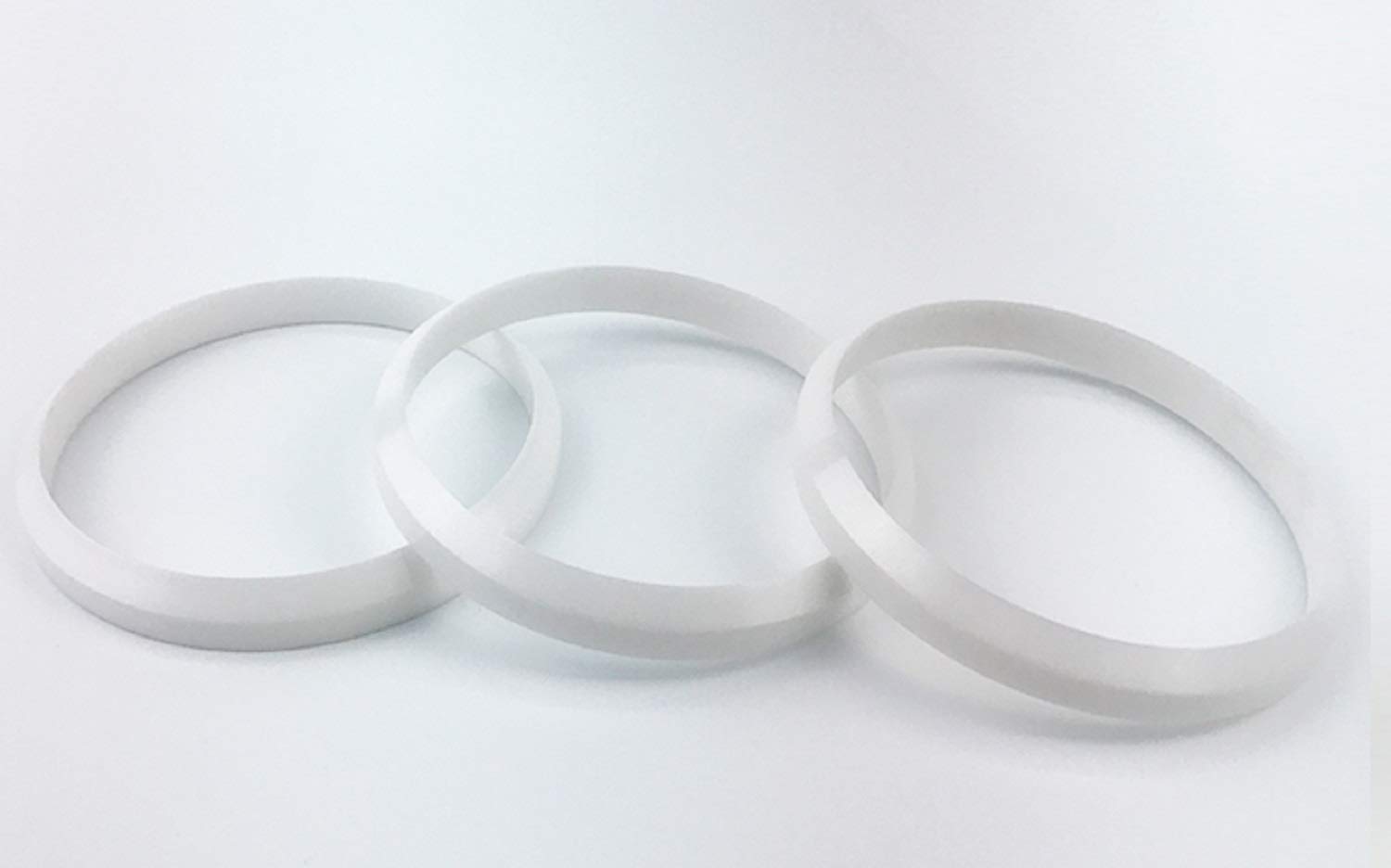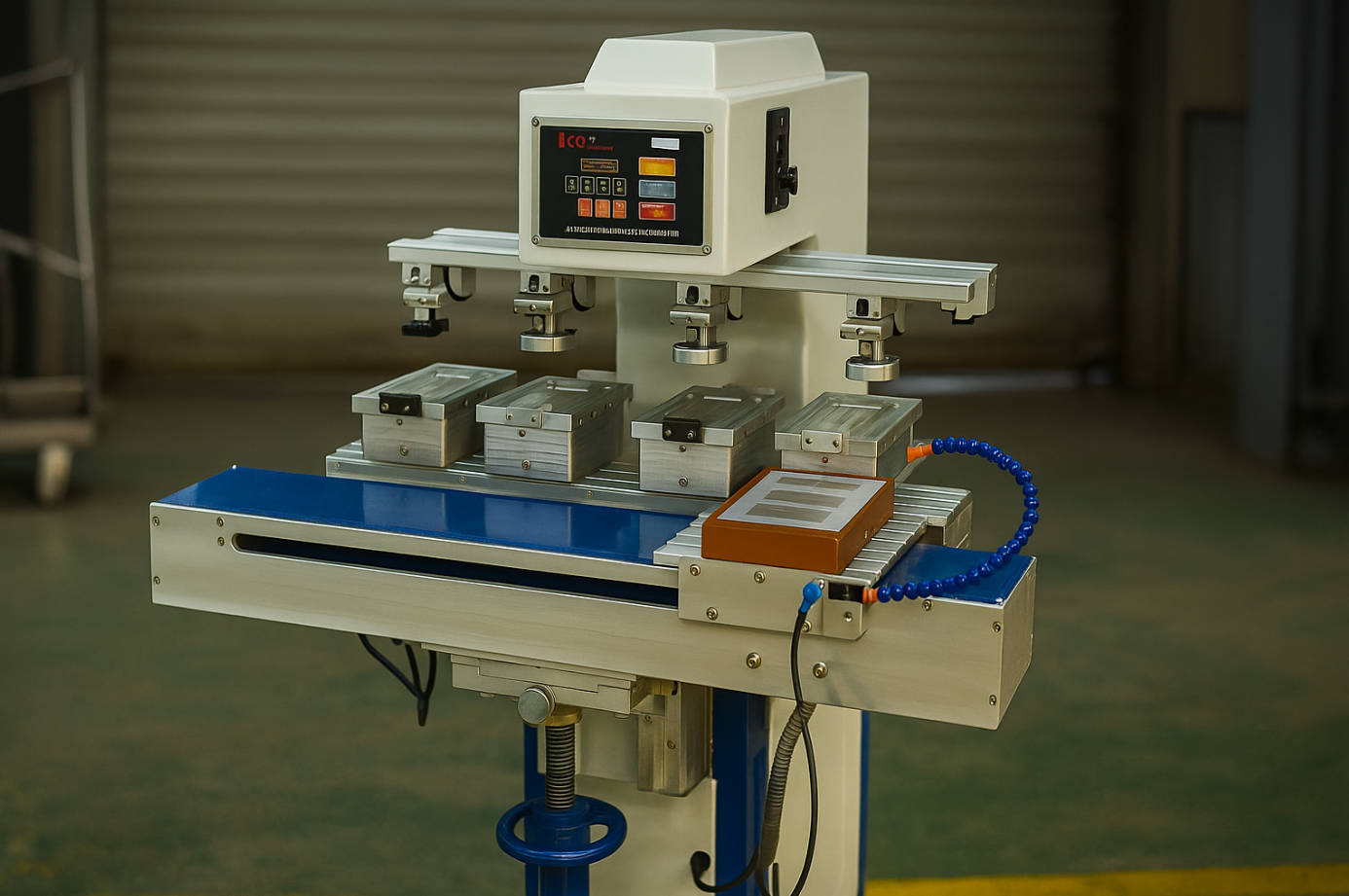Introduction
In the dynamic manufacturing landscape, the pad printing industry stands out for its versatile product customization and branding applications. As businesses increasingly prioritize sustainability, the demand for eco-friendly practices in pad printing has surged. This article explores the pivotal question: How can adopting eco-friendly practices and inks pave the way for a greener pad printing industry?

Eco-friendly Practices in Pad Printing
Sustainable Material Choices for Printing Pads
In the quest for sustainability, the choice of materials for pad printing plays a crucial role. Manufacturers are now exploring biodegradable and recyclable options, aligning with the global push towards eco-conscious production. The selection of the suitable pad material influences print quality and contributes significantly to environmental impact.
Energy-efficient Pad Printing Machinery
Modern pad printing machines are designed with energy efficiency in mind. Features such as optimized power consumption and intelligent standby modes contribute to a greener manufacturing process. By investing in an energy-efficient pad printer, businesses can minimize their carbon footprint without compromising productivity.
Waste Reduction Strategies
Embracing lean manufacturing principles is another avenue for promoting sustainability in pad printing. Companies are implementing strategies to minimize waste generation, ensuring that excess ink and materials are recycled efficiently. This not only reduces environmental impact but also optimizes production costs.
Eco-friendly Inks for Pad Printing
Introduction to Environmentally Friendly Ink Formulations
In addition to sustainable practices in pad printing, the choice of inks plays a pivotal role in shaping a greener industry. Water-based inks have gained popularity for their eco-friendly attributes, offering a viable alternative to traditional solvent-based options. Additionally, UV-curable inks have emerged as a prominent choice, contributing to reduced environmental impact during the printing process.
Comparing Traditional and Eco-friendly Inks
While traditional inks have been the norm in pad printing, the environmental implications of their disposal are a growing concern. This section explores the comparative analysis of print quality and durability between traditional and eco-friendly inks. Understanding these differences is essential for businesses seeking sustainability and top-notch printing results.
Industry Trends and Innovations
Highlighting Current Trends in Sustainable Pad Printing
The pad printing industry is witnessing a shift towards sustainability, with several companies leading the way. Case studies showcase how businesses are integrating eco-friendly practices seamlessly into their operations. From small-scale enterprises to extensive manufacturing facilities, adopting sustainable pad printing technologies is becoming a hallmark of forward-thinking organizations.
Innovations in Green Technology for Pad Printing
As technology advances, so do the opportunities for more sustainable pad printing. Innovations in green technology include the development of eco-friendly printing plates, advanced curing systems, and intelligent ink dispensing mechanisms. These innovations not only enhance the environmental credentials of pad printing but also contribute to improved efficiency and precision.
Practical Considerations for Buyers
Critical Questions for Buyers to Ask Suppliers
For businesses in the market for a pad printer for sale, navigating the landscape of eco-friendly options requires careful consideration. Inquiring about the sustainability features of pad printing equipment is essential. Buyers should ask suppliers about the machines’ energy efficiency, the components’ recyclability, and the manufacturing process’s overall environmental impact.
Understanding the Eco-friendly Ink Options Available
Choosing the correct ink is a critical decision for businesses adopting eco-friendly practices. Buyers should explore the availability of water-based and UV-curable inks from their preferred supplier. Understanding these inks’ environmental benefits and performance characteristics is critical to making an informed decision that aligns with sustainability goals.
Cost Considerations and Long-term Benefits
While the initial investment in eco-friendly pad printing equipment and inks may seem higher, it’s essential to consider the long-term benefits. Analyzing the lifecycle costs, including energy savings and potential waste reduction, provides a comprehensive view of the economic advantages. Additionally, adopting sustainable practices can enhance brand reputation, attract environmentally conscious customers, and foster loyalty.
Conclusion
In conclusion, integrating eco-friendly practices and inks is reshaping the landscape of the pad printing industry. From sustainable material choices to energy-efficient machinery and innovative ink formulations, businesses now have the tools to minimize their environmental impact while maintaining high-quality printing standards. As buyers explore the market for a pad printer for sale, prioritizing sustainability is not just an ethical choice but a strategic one that can lead to long-term cost savings and a positive brand image. The future of pad printing is undeniably green, and those who embrace these eco-friendly advancements will be at the forefront of a more sustainable and prosperous industry.






